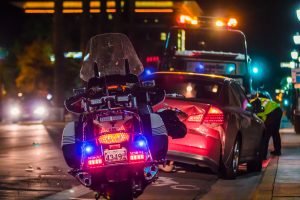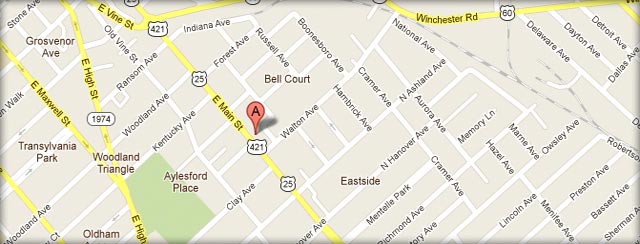- ATV accidents
- Brain Injuries
- Bus Accident
- Car Accidents
- Construction Accident
- Distracted Driving
- Drugged Driving Accident
- DUI
- Firm News
- Mass Tort
- Medical Malpractice
- Motorcycle Accidents
- Pedestrian Accidents
- Personal Injury
- Product Liability
- Safety
- Social Security Disability
- Truck Accidents
- Vehicle Accidents
- Workers Compensation
- Workplace Injuries
If you’ve been involved in an auto accident, you’ll want to take photos of the accident scene to preserve evidence. The photos will be valuable if questions arise from the insurance adjuster, or if a personal injury lawsuit is filed. Since most people people will have a camera phone, taking photos directly following an accident is easy to do.
After you call the police and report the accident, you can begin taking photos while you wait on an officer to arrive. The more photos you can take before police arrive and begin clearing the scene, the better.
If your camera has the ability to time/date stamp photos, make sure that function is enabled. You will want to take photos, not video. And be trigger happy — the more photos, the better.
1). Document the Damage.
Take photographs of:
- Any external and internal damage to all involved vehicles.
- Any skid marks.
- Damage to street signs, guard rails, curbs, landscaping, etc.
- Any broken glass or debris on the road that resulted from the accident.
2). Take Both Wide and Close-Up Photos.
- Take wide-angle, panoramic shots of the entire scene to capture an overview of the setting. These photos will help contextualize the scene by showing weather, road conditions, placement of vehicles, and other landmarks. Walk around and take wide shots from different angles.
- Get close-up photos of the property damage from multiple angles.
3). Take Photos of Participants
- Take photographs of all other drivers and passengers involved, in addition to any bystanders and witnesses. Try to take close-up photos of any obvious injuries.
- Take photos of the police officers and any first responders. Get a photo of anyone going onto a gurney.
4). Take Photos of Your Injuries
While you’re at the crash site, photograph any injuries you and your passengers sustained.
5). After the Accident
- Continue to take photographs as your injuries evolve. Bruises and swelling may not appear right away. Take photos under well-lit conditions such as natural light.
- Especially if the accident occurred at night, you may want to return to the accident scene and take more photos with a better camera during the daytime.
- Store copies of all photographs — email them to yourself, family, or your attorney. Print out copies. Backup the device on which the photos are stored. You don’t want to lose your photographic evidence.
If you’ve been involved in an auto accident, call Frank Jenkins Law Office for a free consultation.
(859) 389-9344
With the past experience of having been the legal representation for insurance companies, no one is better suited to now defend your personal injury claim.


